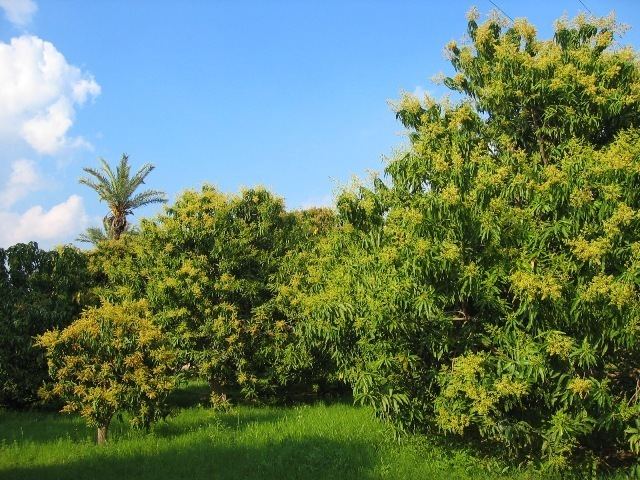J F M A M J | F M A M J J | |
 | ||
Multan is located in the southern part of Punjab, province in Pakistan.Multan features an arid climate with very hot summers and cold winters. The city witnesses some of the most extreme temperatures in the country.Dust storms are a common occurrence within the city. The closest major city is Bahawalpur. The area around the city is a flat plain and is ideal for agriculture, with many citrus and mango farms. There are many canals that cut across the Multan District, providing water from nearby farms. This makes the land very fertile. However usually land close to the Chenab River are flooded in the monsoon season.
Contents
Factors
The monsoon and the Western Disturbance are the two main factors that change the weather over Multan; otherwise, Continental air prevails for rest of the seasons. Following are the main factors that influence the weather over Multan.
Seasonal Climate
Like all other cities, Multan also has four season which is Winter, Summer, Autumn and Spring. The monsoon season also occurs in Summer.
Winter
The winter season begins from the month of December and last till February. Western Disturbance influence the winter season. The average lowest January temperature in the season of winter is 4.5 °C (40.1 °F). While the average highest temperature in winter was recorded in the month of December which is of 22.7 °C (72.9 °F). Heavy rains occur in winter which decrease the temperature further. Hailstorms also occur due to Western Disturbance. The highest monthly rainfall in winter occurs in February that is 9.2 millimetres (0.36 in).
Spring
The spring season begins from March and last till April. As soon as spring begins many flower shows are held across the city. The highest average temperature of 35 °C (95 °F) in spring season was recorded in April while the lowest is recorded in March that is 13.5 °C (56.3 °F). Rains are rare in the spring season. The highest average monthly rainfall was recorded in the month of March that is 19.5 millimetres (0.77 in).
Summer
The summer season begins from May and last till September. Summer is the longest season of Multan. Monsoon rains also occur in this season, these rains begin from June till September. Extremely high temperatures are recorded in summer. Violent dust storms occur in May and June while almost all the summer Loo blow that causes the traffic to remain thin. Heavy rains also occur during monsoon season. The highest average temperature recorded in Summer is recorded in June that is 42.3 °C (108.1 °F) while the lowest was recorded in September that is 24.9 °C (76.8 °F). Record-breaking highest temperature of 50 °C (122 °F) was recorded on 27 May 2010. The heaviest rainfall for Multan also occurred in summer on 8 August 2010 when 120 millimetres (4.7 in) of rain was recorded in 24 hours. While the most wettest month of summer is July as the highest average monthly rainfall is 62 millimetres (2.4 in).
Autumn
This season begins from October and ends in November. Hazy and dry weather is the main factor of Autumn. The highest average temperature was record in the month of October that is 34 °C (93 °F) and the lowest average temperature is 10.9 °C (51.6 °F)recorded in November. Showers do occur in this season late in November. The highest monthly average rainfall of Autumn is 2.1 millimetres (0.083 in) recorded in the month of October.
Heat Waves
Being close to Thar and Rajasthan deserts. Multan has seen some worst heat waves in the history of Pakistan
Monsoon Rainfall for Multan
The average monsoon rainfall for Multan is 119.7 millimetres (4.71 in), following is the monsoon rainfall of Multan since 2005;
